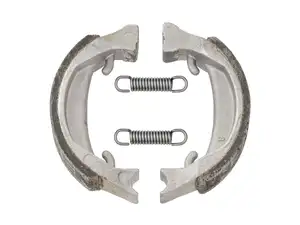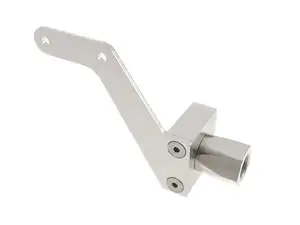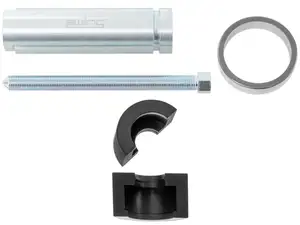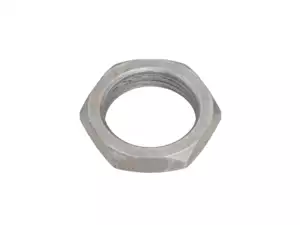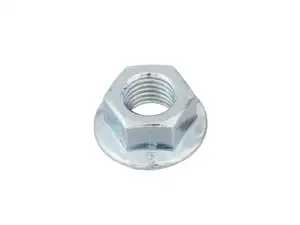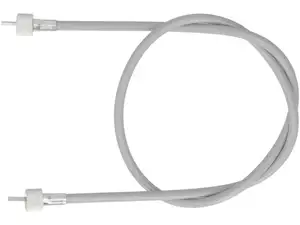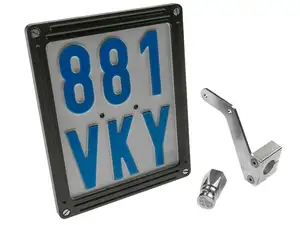
SOLEX
Legendary Solex mopeds - irresistibly charming gems
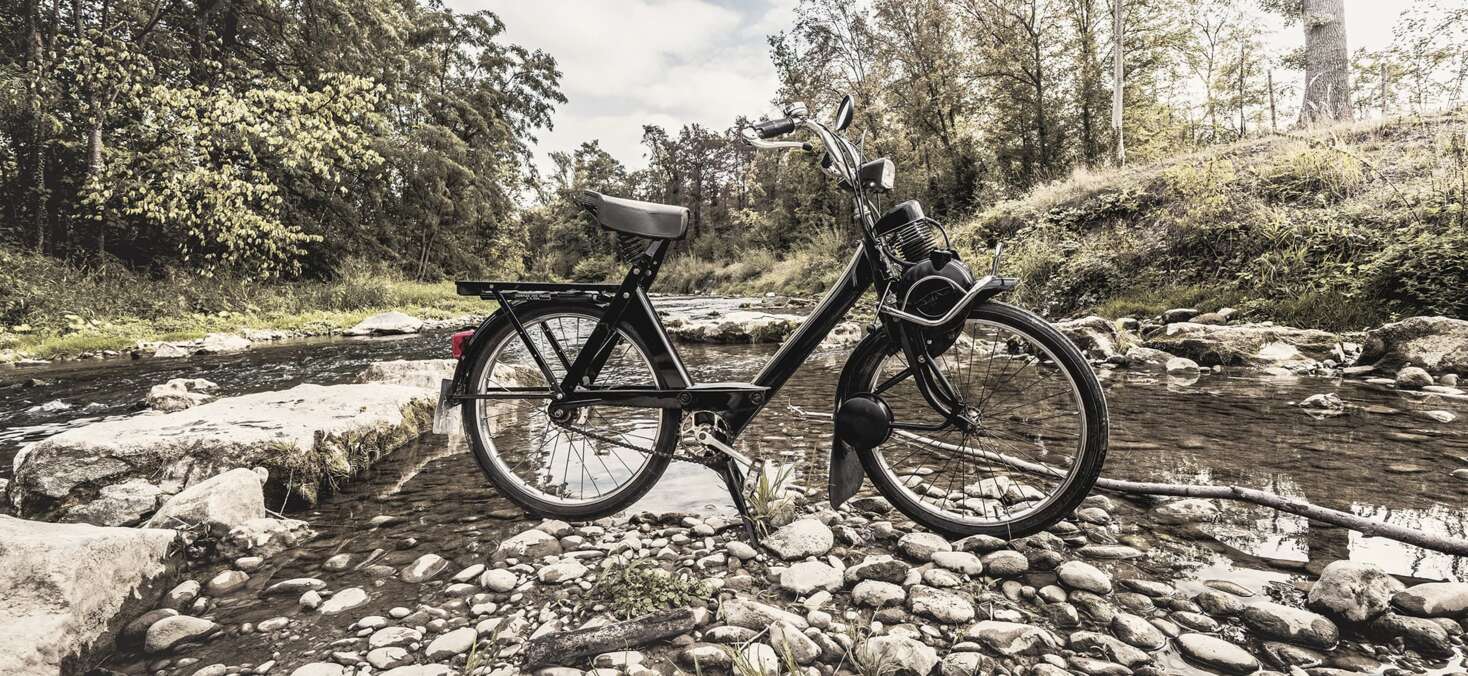
Probably the most famous Solex model, the Vélosolex, is certainly not as spirited as a Piaggio moped or as powerful as a Puch Maxi moped, but it is incomparably charming and stands out. The characteristic engine suspension and other charismatic features have earned this moped numerous affectionate nicknames over the years: Nose-warming mopeds, Maria-Hilf-Motor or even Christenverfolger are some of the pet names. How these names came about and what the special Solex technology has to do with them will be explained in more detail later.
| Seat |  |
| Status | |
| Foundation | 1905 |

World market leader for carburettor technology
The Solex company, which was founded in 1905 by Maurice Goudard and Marcel Mennesson, was not actually a two-wheeler manufacturer, but specialised in the construction of carburettors. In 1910, the founders registered a patent for the manufacture of automotive carburettors under the original company name Société Goudard et Mennesson. These and other patents are the basis of the company's global success. Solex carburettor technology was used by every car manufacturer until the 1980s - interrupted only by the Second World War. For motorbike enthusiasts and moped enthusiasts, however, the name is a source of delight for other reasons, as Solex also developed one of the most distinctive motorbikes of all time. We are talking about the Vélosolex model.

Rear light ULO 250 (replica) | Mobylette, Honda Camino 50
Manufacturer: Made in Italy · Bulb holder: BA15d · Material: Plastic · Color: black · Color: red · Number of fixing points: 2 pcs · Depth: 95 mm · Battery operated: No · Height: 130 mm · Brake light: Yes · Reflectors: Yes · Mounting type: Nuts & bolts · Width: 110 mm
CHF 34.90
66HEROES interchangeable number holder set
Manufacturer: 66HEROES · Thread type: M5x0.8 (standard thread) · Material: Aluminum · Material: Spring steel · Surface: brushed · Surface: electropolished · Color: black · Mounting type: Bayonet lock · Mounting type: Nuts & bolts · Number of fixing points: 2 pcs
CHF 29.90
swiing® revival ball bearing puller L17 / BO15 / E15 / E20 / 6203 / 6202
Manufacturer: swiing® revival parts · Peel-off tray: BO15 · Peel-off tray: E15 · Peel-off tray: E20 · Peel-off tray: L17 · Peel-off tray: 6202 · Peel-off tray: 6203 · Area of application: Special tool · Material: Steel · Surface: galvanized (blue) · Surface: gas nitrided · Number of components: 3 pcs
CHF 39.90
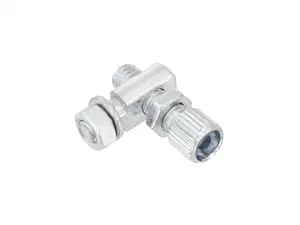
Rear brake cable adjusting screw | Solex
Thread type: M5x0.8 (standard thread) · Thread type: M6x1 (standard thread) · Total length: 21 mm · Total length: 25 mm · Ø Receptacle: 6 mm · Manufacturer: Made in Portugal · Width across flats Screw: 5 mm · Material: Steel · Surface: galvanized (blue)
CHF 5.60
Speedometer cable VDO (45 - 100 cm) gray
Manufacturer: Made in Portugal · Color: gray · 4-edge speedometer cable: 1.8 mm · Outer shell length: 450 mm · Outer shell length: 500 mm · Outer shell length: 550 mm · Outer shell length: 600 mm · Outer shell length: 650 mm · Outer shell length: 700 mm · Outer shell length: 750 mm · Outer shell length: 800 mm · Outer shell length: 850 mm · Outer shell length: 900 mm · Outer shell length: 950 mm · Outer shell length: 1000 mm · Thread type: MF10x1 (fine pitch thread)
CHF 11.90
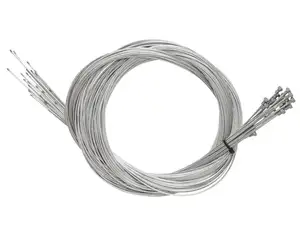
Clutch cable / brake cable Ø 1.5 mm x 225 cm (pear-shaped nipple) 25 pcs.
Ø Stranded wire: 1.5 mm · Cable length: 2250 mm · Nipple shape: Pears · Ø nipple: 3.5 mm · Nipple length: 10 mm · Number of components: 25 pcs · Manufacturer: Made in Germany · Material: Steel · Surface: galvanized (blue) · Area of application: Standard · Piaggio OEM number: 270460
CHF 35.90
66HEROES license plate holder set side & frame incl. mounting pin (DE version)
Material: Aluminum · Material: Chrome steel (colloquially known as stainless steel) · Color: Chrome · Color: black · Number of fixing points: 3 pcs · Manufacturer: 66HEROES · Surface: anodized · Mounting type: Nuts & bolts
CHF 78.90
CHF 62.90
Page 1 of 30
Revolutionary friction roller drive
Shortly after the company was founded, Marcel Mennesson was already working on a revolutionary two-wheeler - more precisely, the drive technology was the innovation. The power of the 2-stroke engine was not transmitted to the wheels of the vehicle by chain or V-belt transmission. On the bicycle with an auxiliary motor, which Marcel Mennesson was working on and for which he applied for his first patent in 1917, power was transmitted by means of a friction roller that acted directly on the casing of the two-wheeler. The first prototype with a friction roller drive was not built until 1941, but this bicycle with an auxiliary motor was an instant hit. Of course, it was not the charming appearance that convinced contemporaries at the time, but the technical advantages of this drive concept over conventional chain drives. Following optimisations to the first prototype, series production began in 1946 after the end of the Second World War. It was the start of an unprecedented success story. From 1948, the car manufacturer Hispano-Suiza produced the mopeds under licence in Switzerland. From this point onwards, more and more of these striking two-wheelers were also on the roads in this country. Over eight million of these Solex mopeds were sold worldwide in the following decades. Although the moped has not been built since 1988, it still has a large fan base today.

Half moped, half bike
Admittedly, at first glance, the Solex mopeds look suspiciously like bicycles. But anyone who has ever taken a seat on one of these bikes in sheep's clothing and started the 49 cm³ 2-stroke engine installed in the standard version by pedalling hard will agree: A Vélosolex is not a sham, but a genuine moped. Not as powerful, of course, but in its unthrottled state it can reach speeds of 30 to 35 km/h. The air-cooled single cylinder with automatic gearbox delivers 0.58 kW at 2500 rpm, which is more than enough to go for a ride, especially in fine weather.

Nose warmer, Christian persecutor, Maria-Hilf engine - technology and nicknames
Of course, speed isn't everything - looks and charm are also important. The Solex mopeds offer plenty of the latter. They score points anyway with their attractive, or at least very striking, appearance. The positioning of the engine directly above the front wheel alone ensures this. This unusual position was due to the friction roller drive, but also meant that the exhaust fumes from the engine on the front wheel were not discharged to the rear. A circumstance that made the Solex bikes a favourite official vehicle of clerical dignitaries until the 1970s. Their cloak-like robes were not soiled by chain grease and exhaust fumes when travelling on Solex mopeds. A circumstance that earned the Vélosolex mopeds the nickname ‘Christian persecutors’ or ‘Maria-Hilf-Motor’. The special exhaust routing, which unfortunately means that you often feel the exhaust fumes and waste heat from the engine on your nose when touring on these mopeds, also earned the moped the nickname ‘nose warmer moped’.
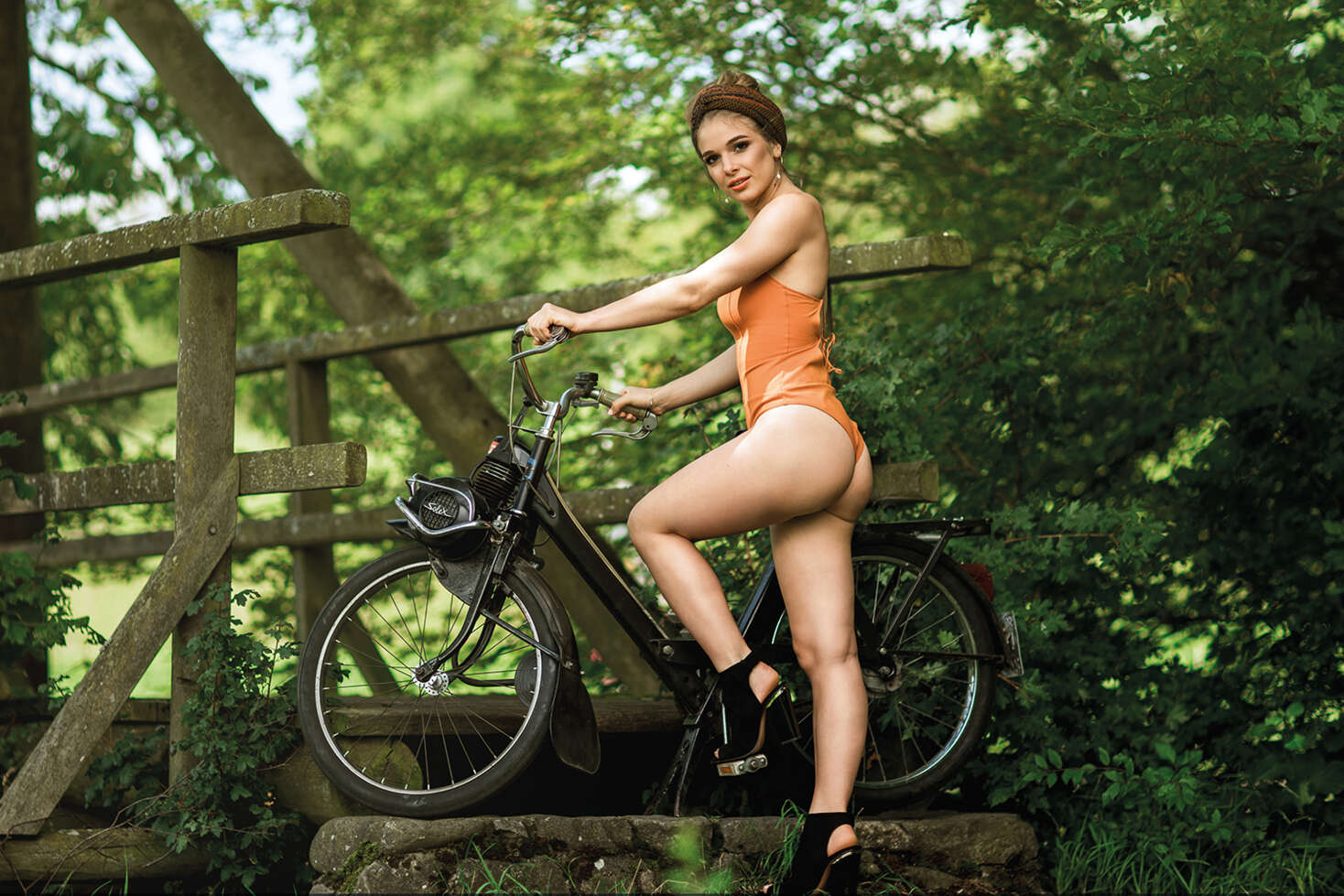
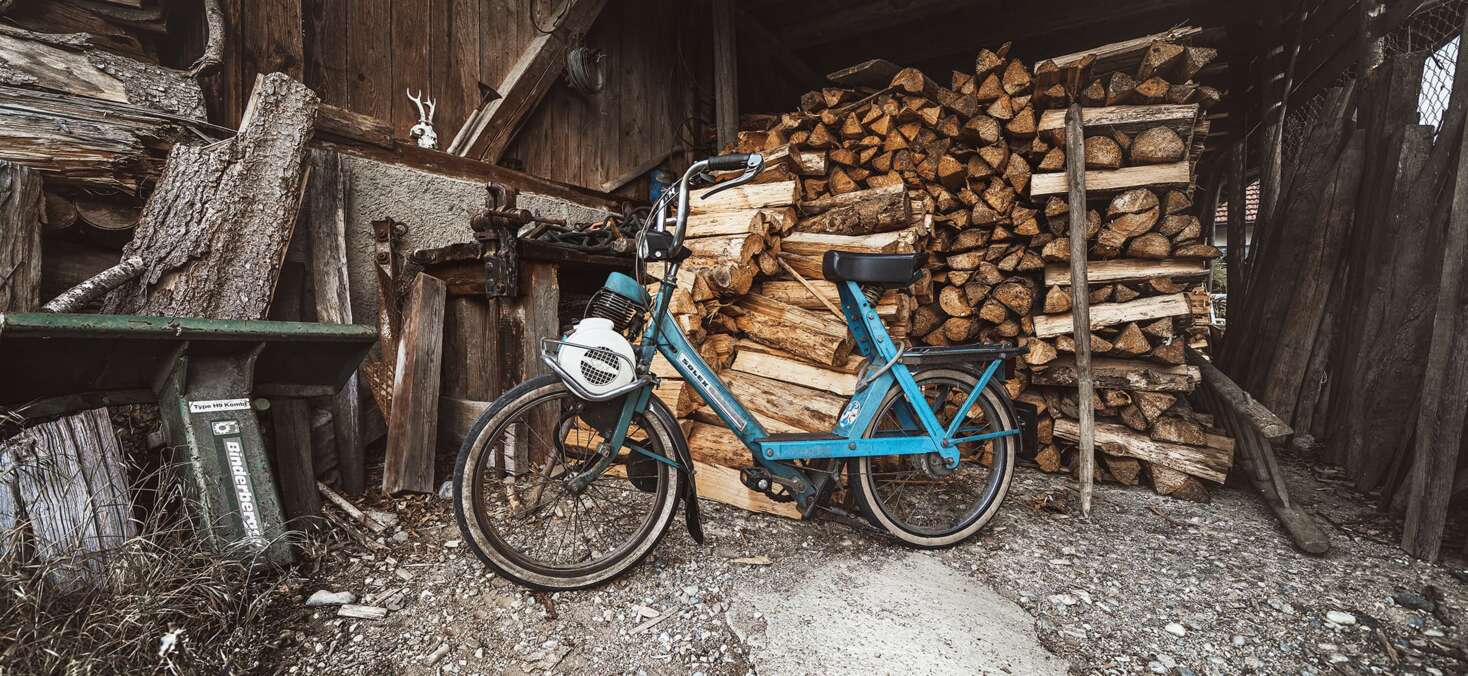
Low maintenance, cheap and robust - the reasons for its global success
The robust and uncomplicated design, in particular the simplification brought about by the friction roller drive, is certainly one of the main reasons for the worldwide success of this moped. As the mopeds in the standard version have a very low weight of around 28 kilos, fuel consumption is also very low. The mopeds consume just 1.4 litres per 100 kilometres. The drive also proved to be relatively low-maintenance. Apart from the problems that a slipping friction roller can cause when the road is wet or the front tyre is worn, the friction roller drive works very reliably - then as now. This reliability, combined with the unbeatably low price - the last Vélosolex mopeds were around half the price of those from other manufacturers - were certainly further reasons for the ground-breaking success of this moped model.

The decline and renaissance of nose warmers
The year 1988 marked the end of these ravishingly charming mopeds and production was discontinued. Although attempts were made in the early 2000s to establish successor models such as the eSolex or the Black'n Roll variant, these two-wheelers were not comparable to the historic mopeds in terms of charm or quality. By this time, however, the original Solex had long since become a cult model. In 1988, nobody would have expected that decades after the end of production, moped enthusiasts all over the world would still be keeping these unique bikes in good shape, restoring and lovingly maintaining them. Of course, the supply of spare parts for the Solex oldies is not easy, despite the large numbers produced. But for all owners of such beautiful vintage mopeds, our shop offers the opportunity to find genuine rarities, NOS spare parts or custom-fit replica parts. This makes it much easier for you to keep your Solex moped in its original condition. Like every moped enthusiast, we hope that you will still be able to admire many of these unique gems in their original condition on Swiss roads in the future.
